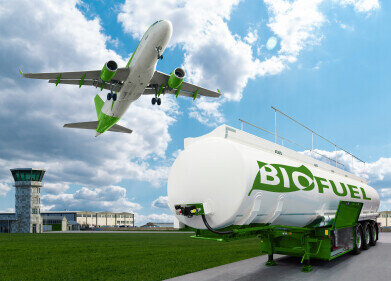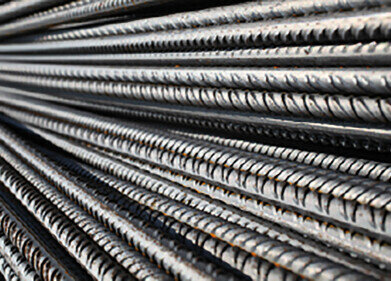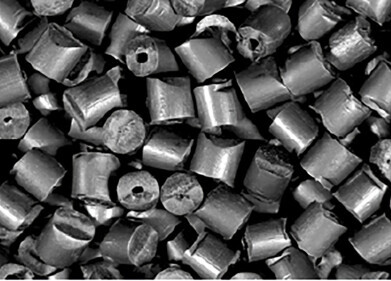Biofuel Industry News
Why is Custody Transfer Important?
Jan 18 2022
Oil and gas is a global industry, with high-value resources often exchanging hands multiple times and crossing several international borders before reaching a final destination. Examples include railcars transporting Athabasca oil sands crude to American refineries, cargo ships transporting Saudi Arabian oil to China and pipelines transporting Norwegian gas to the UK via the North Sea.
Below, we spotlight some of the key goals of custody transfer for oil and gas applications.
-
Maximising accuracy
Accuracy is the principal goal of custody transfer processes, with state-of-the-art technology used to measure flow rates with granular precision. For high-value commodities such as WTI and natural gas, even the smallest measurement errors can result in significant losses (or gains) when ownership is transferred.
For example, LNG shipment values often exceed £30 million. While a 1% error in Gross Calorific Value (GCV) as LNG is transferred from the dock to cryogenic tanks onboard a ship may seem small, it can equate to significant losses for the short changed party. Custody transfer metering systems for LNG include ultrasonic or Coriolis cryogenic flow meters.
-
Protecting profits
At crude oil pumping sites, a Lease Automatic Custody Transfer (LACT) unit may be used to measure net volume as crude is transferred from a storage tank to a pipeline. With the EIA predicting the price of Brent crude will slump in 2022 and 2023, protecting profit margins is a top priority for producers and buyers.
-
Meeting industry and government standards
The oil and gas industry is heavily regulated to protect the interests of both buyers and sellers. Many countries enforce their own local laws in addition to regulations published by bodies such as the International Group of Liquefied Natural Gas Importers (GIIGNL) and the International Organisation for Standardisation (ISO).
Implementing custody transfer systems
A good custody transfer system doesn’t rely exclusively on an accurate metering system. As well as flowmeters, a foolproof custody transfer system should include the following components:
- Advanced computers and software to analyse flow rates, process data and detect errors. All field data should be analysed by the flow computer, which generates reports and ensures both parties meet the requirements of the contract.
- Integrated quality and sampling systems, such as gas chromatographs, to monitor the characteristics of the commodity being transferred.
- Calibration instruments, such a provers, to regulate flow meters before, during and after a custody transfer transaction takes place.
Want to know more about custody transfer in the oil and gas industry. From the different types of flow meters used to the importance of traceability, find out more in our complete guide, ‘Custody Transfer in Oil and Gas: Your Questions Answered’.
Digital Edition
PIN 25.1 Feb/March
March 2024
In This Edition Safety - The technology behind the ION Science Tiger XT - Safety with ammonia and LOHCs as hydrogen carriers Analytical Instrumentation - Discussion on new tribology te...
View all digital editions
Events
May 03 2024 Seoul, South Korea
May 05 2024 Seville, Spain
May 06 2024 Riyadh, Saudi Arabia
May 06 2024 Houston, Tx, USA
May 06 2024 Houston, Tx, USA


















